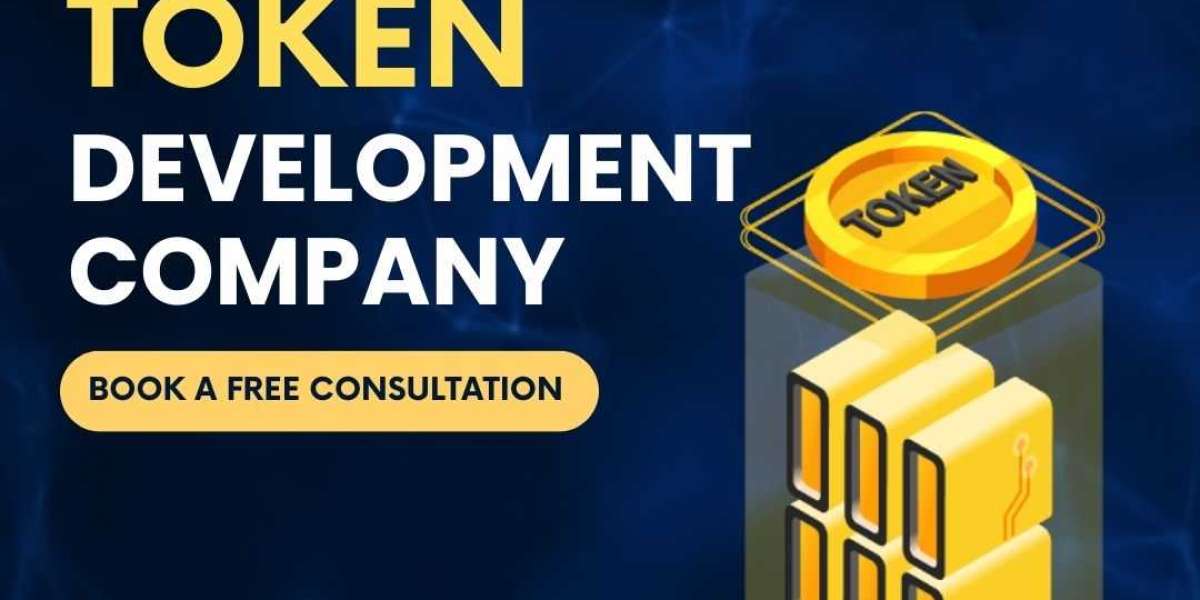3 solid ways to connect better with your audience
Marketing stands or falls with communication tailored to the target group.
With that I would like to say that the powerful lever of target group-specific addressing is definitely worth an investment of time and some brain power.
But why is it like that?
In every communication process, an attempt is made to transfer meaning . Sense that the receiving medium (your target group) should interpret and, ideally, adapt.
Everyone knows situations in which the feeling arises that the other person only nods his own words for the sake of politeness, but does not really absorb them.
So if you do inbound marketingwithout first thinking about your target group and how to address it, you could metaphorically be compared to a hunter who shoots his shotgun into the forest and hopes that something will fall over.
But what could you achieve if you had knowledge about the needs, fears, cognitive patterns and problems of your target group? How could this positively impact your inbound marketing strategy?
These are questions that this post addresses. But let's start at the very beginning.
Man constructs his own reality
It's absurd when the human brain tries to understand the human brain. Almost like a cat chasing its own tail.
Nevertheless, neurobiologists have made interesting discoveries, especially in the recent past.
Studies on extreme values, the savants (those who know) , are particularly exciting . These 100 or so people worldwide have extraordinary talents in mathematics, obscure factual knowledge or music, but are often unable to fry an egg, let alone filter the flood of information in a busy square.
This "inability" is due to the fact that the savants occupy additional areas of their brain for the use of their extraordinary talents. Areas that the average Joe reserves for selective perception or memory storage to create simplified models of our world.
This is ensured by so-called mindsets or consciousness filters. These filters allow us to see, for the most part, only what we expect based on past experience . A subjective reality. If we didn't have this filter of consciousness, we would perceive the world in a similar way to the savants. The way it really is: different every day.
90% unconscious, 10% conscious. Who controls who here?
So the brain has learned to form an average and only to realize what is essential in each case .
For example, everyone knows where their yoghurt is in the supermarket, knows hundreds of stores and thousands of products.
Conversely, however, we hide millions of details.
Similarly, the brain selects on a website, when skimming a blog article, when reading an e-mail. The user evaluates hundreds of messages, texts and images in just a few seconds. These impressions create the subjective reality of the user and decide how further action will take place. Up to 90% of what is recorded is of an unconscious nature.
The user interprets mostly on autopilot. Action decisions about what has been seen are almost dictated. So the question arises as to who is ultimately in charge here. Who is the director and how much control does the human really have?
Man runs online on autopilot
Especially online, people have to find their way around on the basis of a greatly reduced level of perception.
No smells stimulate him to head for the next shop for baked goods while strolling past. There is no way to rate facial expressions and gestures in a website-user dialogue.
But how does digital communication work and how does the user sound out the incoming messages?
On the one hand, this happens via the already mentioned selective perception and memory storage (the structure), which each person develops individually in the course of his life. On the other hand, so-called cognitive heuristics ensure the selection and interpretation of information.


